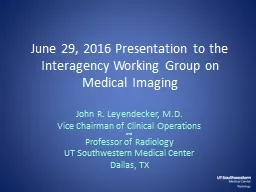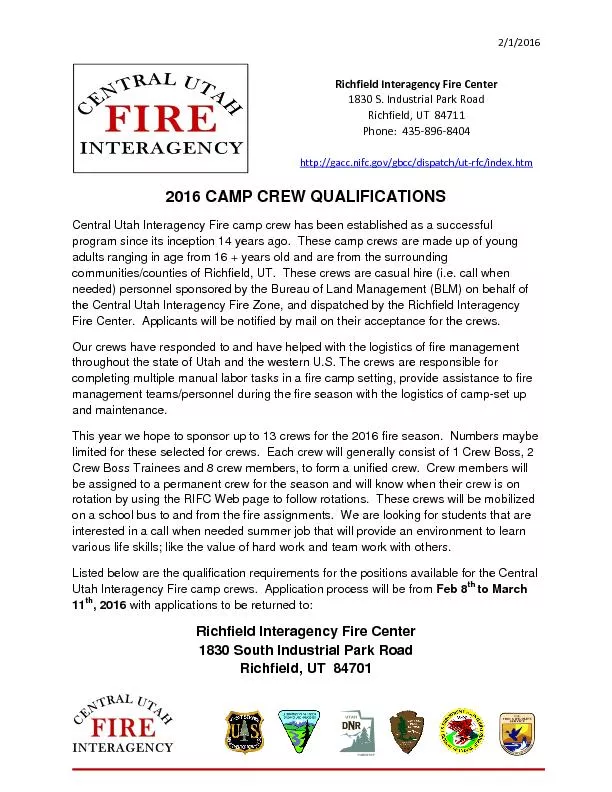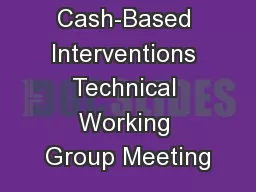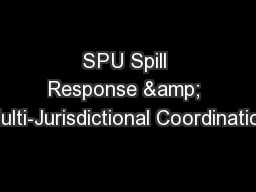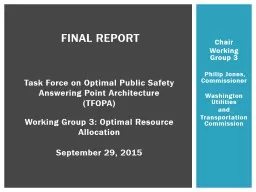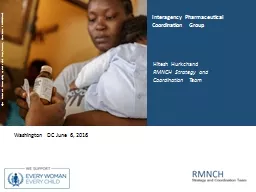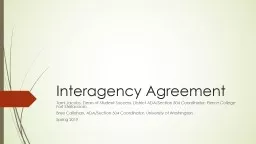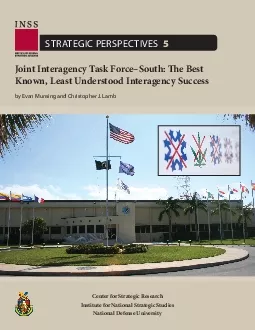PPT-June 29, 2016 Presentation to the Interagency Working Group
Author : stefany-barnette | Published Date : 2017-05-21
John R Leyendecker MD Vice Chairman of Clinical Operations and Professor of Radiology UT Southwestern Medical Center Dallas TX Who am I I am a practicing Radiologist
Presentation Embed Code
Download Presentation
Download Presentation The PPT/PDF document "June 29, 2016 Presentation to the Intera..." is the property of its rightful owner. Permission is granted to download and print the materials on this website for personal, non-commercial use only, and to display it on your personal computer provided you do not modify the materials and that you retain all copyright notices contained in the materials. By downloading content from our website, you accept the terms of this agreement.
June 29, 2016 Presentation to the Interagency Working Group: Transcript
Download Rules Of Document
"June 29, 2016 Presentation to the Interagency Working Group"The content belongs to its owner. You may download and print it for personal use, without modification, and keep all copyright notices. By downloading, you agree to these terms.
Related Documents

